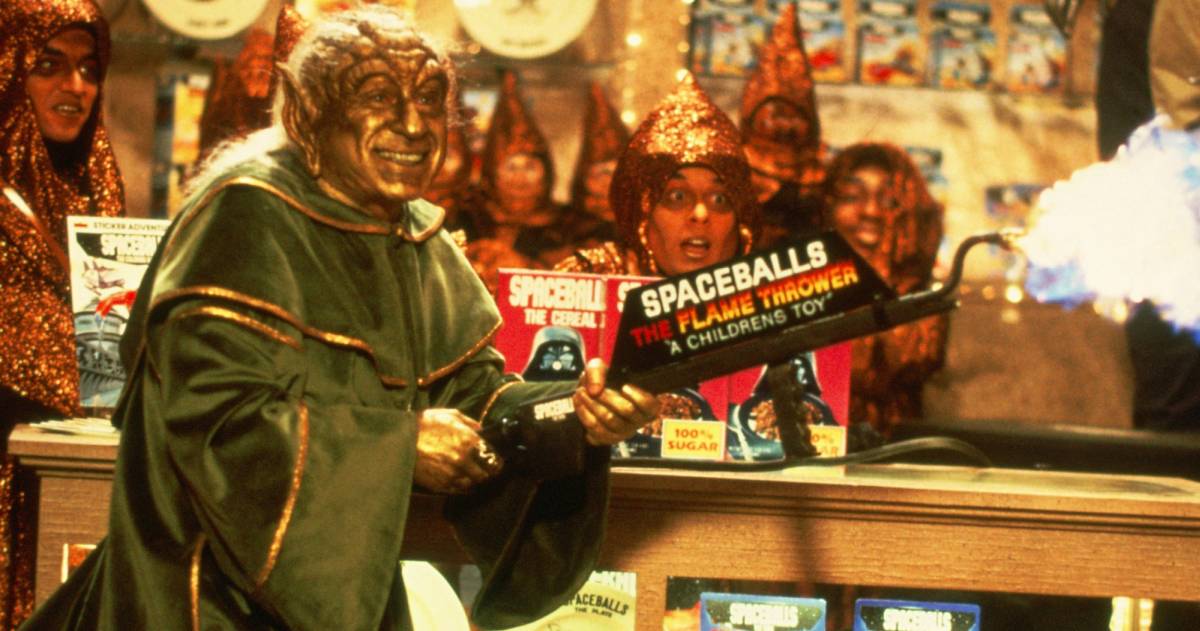For today’s edition of “Deal of the Day,” here are some of the best deals we stumbled on while browsing the web this morning! Please note that Geeks are Sexy might get a small commission from qualifying purchases done through our posts. As an Amazon Associate, I earn from qualifying purchases.
-For Father’s Day: Jack Link’s Beef Jerky Gift Basket – $36.86 $18.99 (National Jerky Day is Tomorrow!)
–Beats Studio Buds – True Wireless Noise Cancelling Earbuds (Available in 6 Colors) – $149.95 $79.95
–Beats Studio Pro – Wireless Bluetooth Noise Cancelling Headphones – $349.99 $179.95
–LEGO Icons Back to The Future 1872 Pcs Time Machine – $199.99 $159.99
–LEGO Ideas Fender Stratocaster 21329 DIY Guitar Model Building Set – $119.99 $95.99
–Funko Pop! Rocks: Iron Maiden Piece of Mind Eddie Figure – $12.99 %5.00
–Super Mario RPG – Nintendo Switch – $39.95
–Microsoft Office Pro 2019 for Windows (Lifetime) – $29.97
–Microsoft Office Pro 2021 for Windows (Lifetime) – $49.97
–Gerber Gear Truss 17-in-1 Multi-tool – $60.00 $36.65







